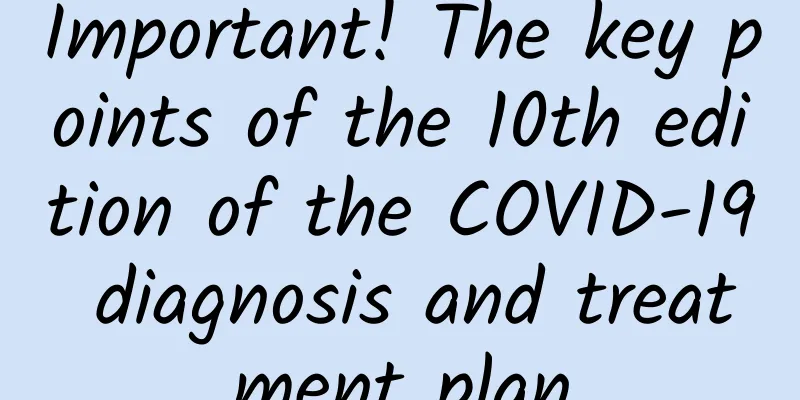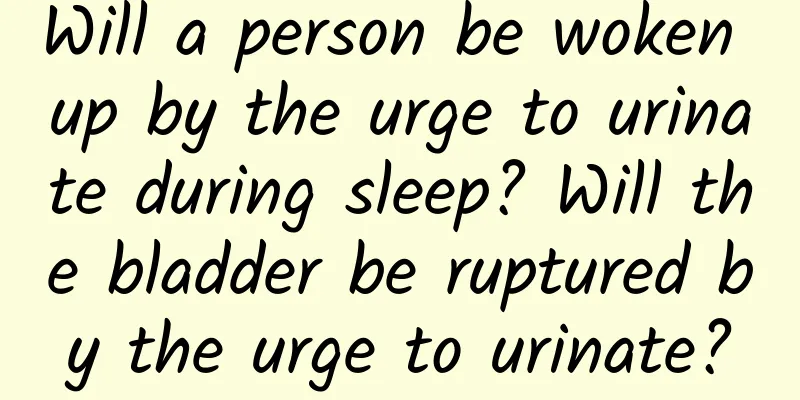Important! The key points of the 10th edition of the COVID-19 diagnosis and treatment plan

|
Recently, the National Health Commission and the State Administration of Traditional Chinese Medicine organized the revision of the "New Coronavirus Pneumonia Diagnosis and Treatment Plan (Trial Ninth Edition)" and formed the "New Coronavirus Infection Diagnosis and Treatment Plan (Trial Tenth Edition)". The key revisions are as follows: 01 Adjusted the names of diseases According to the "Overall Plan for Implementing Class B Management for Novel Coronavirus Infection" issued by the Comprehensive Group of the Joint Prevention and Control Mechanism of the State Council, the name of the disease was changed from "Novel Coronavirus Pneumonia" to "Novel Coronavirus Infection" . As the novel coronavirus continues to mutate, the Omicron strain has become the main epidemic strain, and the virus's pathogenicity has weakened. Infections in humans mainly manifest as coughing, fever, sore throat, etc. Only a small number of infected people will develop pneumonia. 02 No longer considered a “suspected case” With the increasing richness of diagnostic methods and the continuous improvement of diagnostic efficiency, the current novel coronavirus infection can be diagnosed promptly, quickly and accurately through nucleic acid and antigen detection. In the vast majority of cases, there will be no situation where the epidemiological history and clinical manifestations are consistent with the characteristics of the disease but the etiology detection cannot be determined for a long time. 03 Adding positive COVID-19 antigen test as a diagnostic criterion Antigen testing has good detection sensitivity for infected people with higher viral loads. With the continuous maturity of antigen testing technology and the continuous improvement of detection accuracy, people infected with the new coronavirus, especially those with strong infectiousness, can be diagnosed in a timely manner through antigen testing. And considering that most infected people are treated at home, antigen testing is easy to operate and convenient for infected people to conduct rapid self-testing. 04 Further optimize “clinical classification” As the virus continues to mutate, especially since the Omicron strain became prevalent, the virus's pathogenicity has gradually weakened, and the characteristics of the disease have changed significantly. Most infected people have mild symptoms, and the proportion of pneumonia has been greatly reduced. In order to better reflect the characteristics of the disease, the tenth version of the plan has adjusted the clinical classification, mainly based on the severity of the infected person's condition, divided into "mild, moderate, severe, and critical", which is more in line with clinical reality. 05 No longer requiring cases to be “centrally isolated and treated” With the implementation of Class B control measures, people infected with the new coronavirus can choose to be treated at home or go to a medical institution according to their medical treatment needs. All types of medical institutions can admit people infected with the new coronavirus. 06 Further improving the treatment method Anti-coronavirus therapeutic drugs that have been approved for marketing in my country will be included in the new version of the diagnosis and treatment plan to further enrich antiviral treatment options. The diagnostic standards and early warning indicators for severe and critical cases have been further improved, and severe cases of new coronavirus infection have been scientifically and accurately determined. At the same time, elderly people who have not been fully vaccinated have been added to the high-risk group for severe illness, and vital signs monitoring, especially oxygen saturation monitoring at rest and after activity, has been added to the early warning indicators for severe illness. Further strengthening the concept of co-governance of COVID-19 infection and underlying diseases, emphasizing the need to strengthen monitoring of relevant indicators of underlying diseases of infected persons and provide corresponding treatment for underlying diseases, will be more conducive to promoting the full recovery of patients. The clinical manifestations and treatment-related content of pediatric cases have been further optimized, and the characteristics of children infected with the Omicron strain have been proposed in combination with clinical practice . The early expected warning indicators for severe cases in children have been improved, and treatment plans have been provided for special conditions such as acute laryngitis and neurological complications that may occur in children infected with the virus. The content related to TCM treatment has been further improved. The guidance on TCM treatment of severe and critical cases has been strengthened , and the method of using medicine according to symptoms has been added to be more in line with clinical practice. On this basis, the TCM treatment plan for children's cases has been further improved, acupuncture treatment methods have been added, and corresponding TCM treatment measures have been provided in combination with the obvious cough of some patients in the recovery period. 07 Adjusting the “discharge criteria” The tenth edition of the plan no longer requires nucleic acid test results when infected people are discharged from the hospital. Instead, clinical doctors will make a comprehensive assessment based on the patient's new coronavirus infection, underlying diseases or other disease diagnosis and treatment, and health recovery status. Discharge may be considered when the patient's condition has significantly improved, vital signs are stable, body temperature has been normal for more than 24 hours, lung imaging shows significant improvement in acute exudative lesions, and the patient can be switched to oral medication, and there are no complications that require further treatment. 08 Adjust infection prevention and control in healthcare facilities After the adjustment of epidemic prevention and control policies, all medical institutions may receive cases of new coronavirus infection. The tenth edition of the diagnosis and treatment plan has made adjustments to the content related to infection prevention and control in medical institutions. Further implement the outpatient and emergency pre-examination and triage system to ensure patient diversion. At the same time, guide patients and their companions to wear medical surgical masks or medical protective masks, and provide guidance on hand hygiene, respiratory hygiene, and cough etiquette. Strengthen cleaning, disinfection and ventilation in areas such as consulting rooms, wards, offices and duty rooms. Implement personal protection requirements for medical staff according to exposure risks. Standardize the handling of medical waste and implement terminal disinfection after patients are transferred out or leave the hospital. Source: CCTV News |
<<: Super practical: During the Yangkang recovery period, you must pay attention to these 10 points!
>>: 4 kinds of nuts that are not common in the market with unique taste. Which one have you tried?
Recommend
What should you do to stay safe when you encounter wild animals?
Mixed Knowledge Specially designed to cure confus...
Let’s talk about the search for quick delivery in information flow ads
01 What is Search Quickcast? Search quick deliver...
Why is it better to be "China's Amazon" than "China's Tesla"?
Television will become the entrance to artificial ...
February Marketing Node Reminder [Dry Goods Collection]
February 2020 is coming soon, and it is also a mo...
An excellent Android application starts with building a project
[[142392]] 1. Project Structure The MVP model is ...
Foreign analysis: Now is the best time to abandon Objective-C and use Swift
[[134121]] Dear iOS and OS X application develope...
What is the operating strategy for compliant cash loan products?
At this year's 315 Gala, 714 high-interest lo...
How much does it cost to join a women's clothing app in Beijing?
For entrepreneurs, although mini program developm...
How to create a personal account on Douyin
If a personal Douyin account is successfully crea...
What kind of "black technology" is needed to build a power station at an altitude of 3,000 meters?
In the Tibetan area of Ganzi, Sichuan 2 km down...
The ancient cypress tree reborn from the ashes, the ancient locust tree standing for a thousand years... Take a look at the unique ancient trees in the hometown of Confucius and Mencius!
Produced by: Science Popularization China Author:...
A guide for investment promotion team leaders to operate from zero foundation to mastery
A guide for investment promotion team leaders to ...
This building feels so depressing! You may not be the only one who feels this way...
Leviathan Press: We often say, "This buildin...
Bullying us secretly? This WeChat update is very unethical
Not long ago, WeChat finally updated its own emot...









